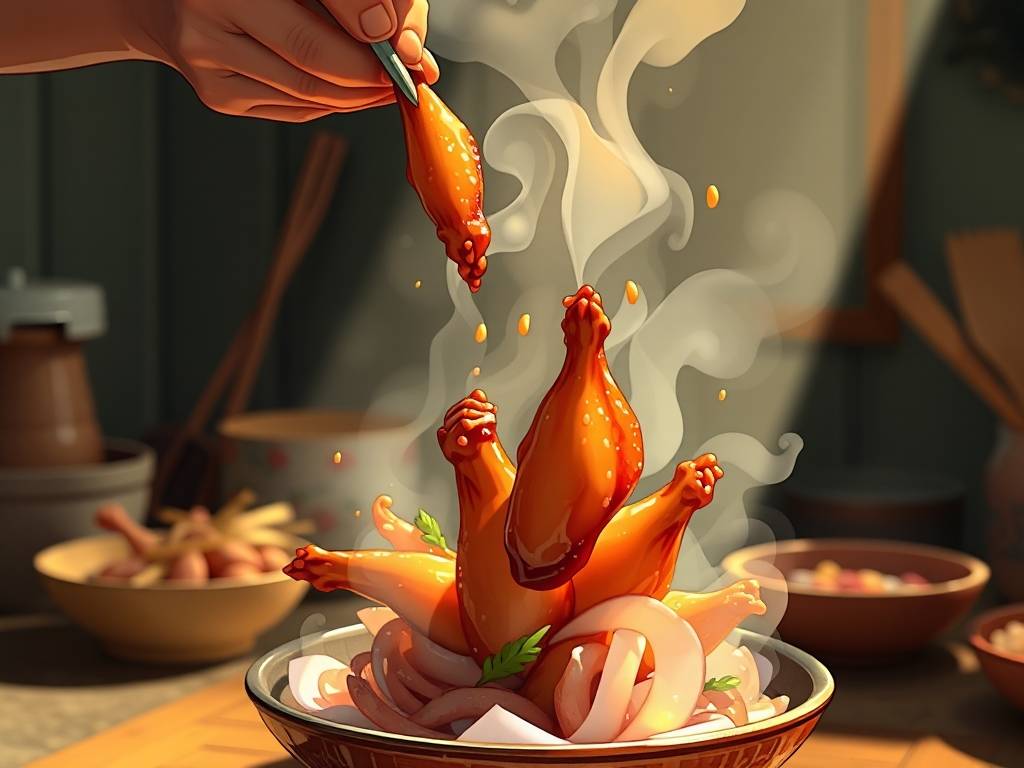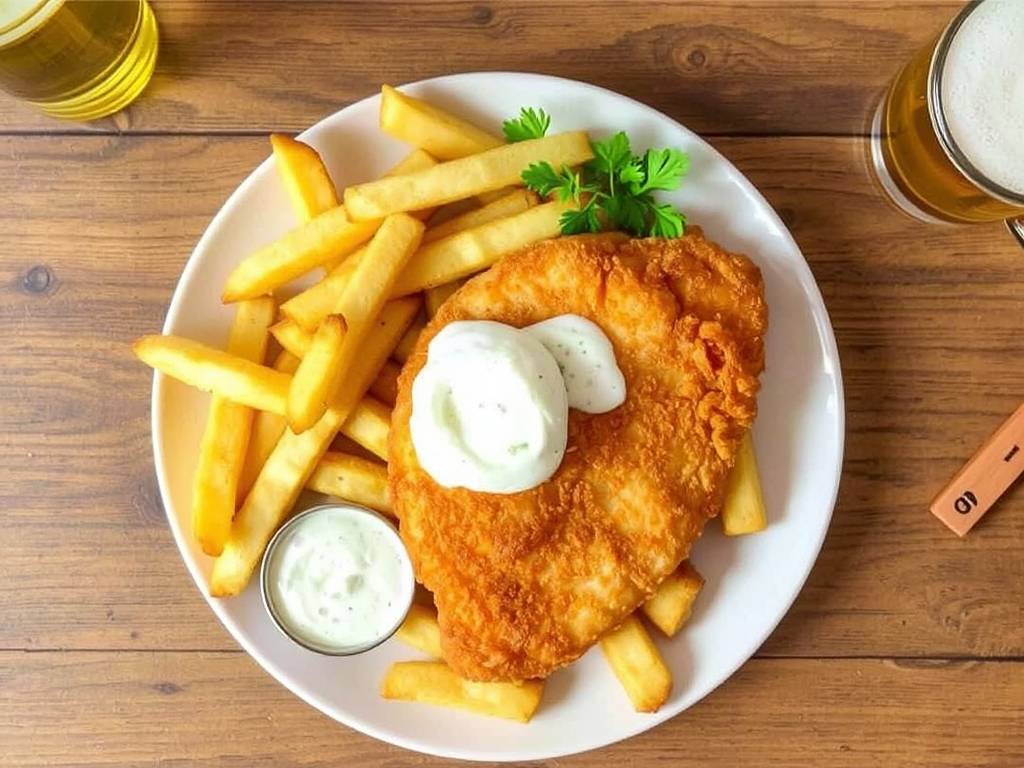How to Make Authentic Chinese Cola Chicken Wings: A Step-by-Step Guide
I. Understanding the Origins and Appeal of Cola Chicken Wings
II. Ingredients You’ll Need
1. Main Ingredients
1.2 kg chicken wings: Choose whole chicken wings (drumette + flat + tip) or separate drumettes and flats (the tip can be saved for making stock). Fresh wings are best, but frozen wings work too—just thaw them completely first.
350 ml cola: Use regular cola (not diet or zero-sugar) because the sugar is essential for caramelization and tenderizing the meat. Avoid cola with added flavors (like cherry or vanilla) as they might alter the classic taste.
3 tbsp light soy sauce: Adds saltiness and umami. Light soy sauce is thinner and saltier than dark soy sauce—don’t substitute it with dark soy sauce alone, as it will make the dish too dark.

1 tbsp dark soy sauce: For color. A little goes a long way—too much will make the sauce bitter.
2 tbsp cooking wine (Shaoxing wine): Helps remove any fishy smell from the chicken and adds a subtle aromatic flavor. If you don’t have Shaoxing wine, you can use dry sherry or omit it (but the flavor will be slightly less complex).
2. Aromatics and Seasonings
3 cloves garlic: Minced. Garlic adds a fragrant base to the sauce.
1 piece ginger (about 15 g): Sliced. Ginger pairs with garlic to balance the richness of the chicken and reduce gaminess.
1 star anise (optional): Adds a subtle licorice-like aroma. Star anise is a common Chinese spice, but if you don’t have it, the dish will still be delicious.
1 tsp salt (adjust to taste): Most of the salt comes from soy sauce, but a pinch of salt helps enhance the overall flavor.
1 tbsp vegetable oil: For sautéing the aromatics. You can also use peanut oil or canola oil.
Green onions (optional, for garnish): Chopped. Adds a fresh, crisp finish to the dish.
III. Step-by-Step Cooking Instructions
Step 1: Prep the Chicken Wings
Place the chicken wings in a pot and add enough cold water to cover them.
Add 1 tbsp cooking wine and 2 slices of ginger to the pot.
Bring the water to a boil over medium heat. As soon as it boils, you’ll see foam rise to the surface—this is impurities.
Let the wings boil for 1-2 minutes, then use a slotted spoon to transfer them to a bowl of cold water. This stops the cooking process and keeps the meat tender.
Once the wings are cool, pat them dry again with paper towels. Blanching is a crucial step—it removes any gaminess and ensures the final dish is clean-tasting.

Step 2: Sauté the Aromatics
Heat a deep skillet or wok over medium heat. Add 1 tbsp vegetable oil.
When the oil is hot (it should shimmer but not smoke), add the minced garlic, sliced ginger, and star anise (if using).
Sauté for 30 seconds to 1 minute, stirring constantly, until the garlic and ginger release a fragrant aroma. Be careful not to burn the garlic—burnt garlic will make the sauce bitter.
Step 3: Brown the Chicken Wings
Add the blanched and dried chicken wings to the skillet. Arrange them in a single layer if possible (you may need to cook them in batches if your skillet is small).
Sauté the wings for 3-4 minutes on each side, turning occasionally, until they develop a golden brown color. Browning the wings adds depth of flavor and gives the final dish a nice texture—don’t skip this step!
If you’re cooking in batches, transfer the browned wings to a plate and set aside. Once all wings are browned, add them back to the skillet.
Step 4: Add the Sauce Ingredients and Braise
Pour 3 tbsp light soy sauce and 1 tbsp dark soy sauce over the wings. Stir well to coat each wing evenly with the soy sauce. Let it cook for 1 minute—this helps the soy sauce “caramelize” slightly and infuse the wings with flavor.
Slowly pour 350 ml cola into the skillet. The cola should cover about 2/3 of the wings. If not, add a little water (but don’t add too much, as it will take longer for the sauce to thicken).
Bring the mixture to a boil over high heat. Once it boils, reduce the heat to low, cover the skillet with a lid, and let it simmer.
Step 5: Reduce the Sauce to Glossy Perfection
Once the wings are tender, remove the lid from the skillet and turn the heat up to medium-high. This allows the sauce to reduce and thicken.
Stir the wings occasionally to ensure they’re evenly coated with the sauce. As the sauce reduces, it will become thicker and glossier—this is what gives cola chicken wings their signature sticky coating.
Taste the sauce and adjust the seasoning if needed. If it’s too sweet, add a pinch of salt or a splash of light soy sauce. If it’s too salty, add a tiny bit more cola (but be careful not to add too much, as it will extend the reducing time).
Continue reducing the sauce for 5-8 minutes, or until it’s thick enough to cling to the wings. Be careful not to over-reduce—if the sauce gets too thick, it will burn easily.
Step 6: Serve and Garnish
Turn off the heat. Transfer the cola chicken wings to a serving plate.
Drizzle any remaining sauce from the skillet over the wings for extra flavor.
Garnish with chopped green onions if you like—this adds a fresh touch and contrasts with the rich sauce.
IV. Pro Tips for Perfect Cola Chicken Wings Every Time
Don’t skip blanching: Blanching removes impurities and gaminess, making the wings taste cleaner. If you’re short on time, you can skip blanching, but the final dish may have a slightly fatty or fishy taste.
Dry the wings thoroughly: Patting the wings dry before browning ensures they develop a golden crust—wet wings will steam instead of browning.
Use regular cola: Diet cola lacks the sugar needed for caramelization, so the sauce won’t be as glossy or flavorful. Stick to regular cola for the best results.
Control the heat when reducing the sauce: If the heat is too high, the sauce may burn before it thickens. Keep it at medium-high and stir constantly.
Adjust the sweetness and saltiness: Every brand of soy sauce has a different salt level, and every cola has a different sweetness. Taste the sauce at the end and adjust accordingly—this is the key to a balanced flavor.
Add extras for variation: Want to switch things up? Add a pinch of chili flakes for a spicy kick, or a squeeze of lemon juice for a tangy twist. You can also add carrots or potatoes to the skillet while simmering for a one-pot meal.






发表评论